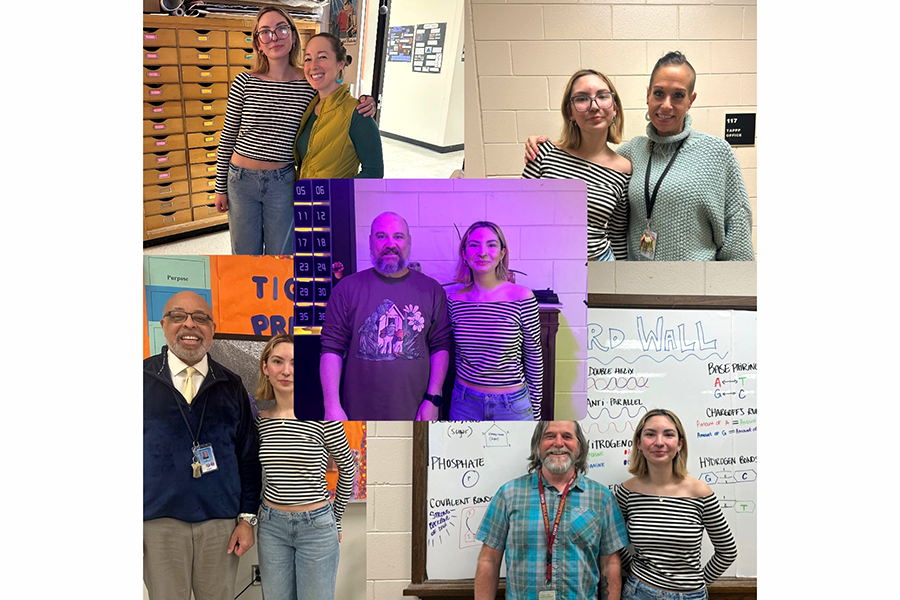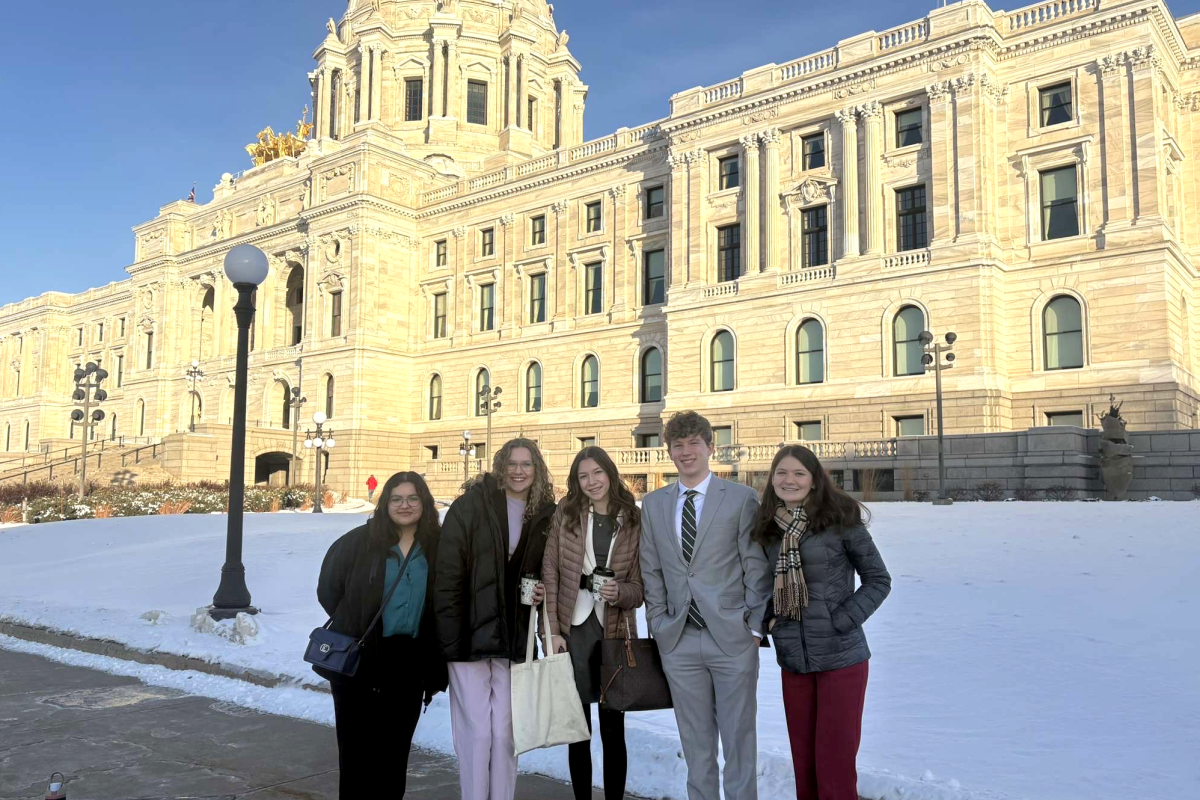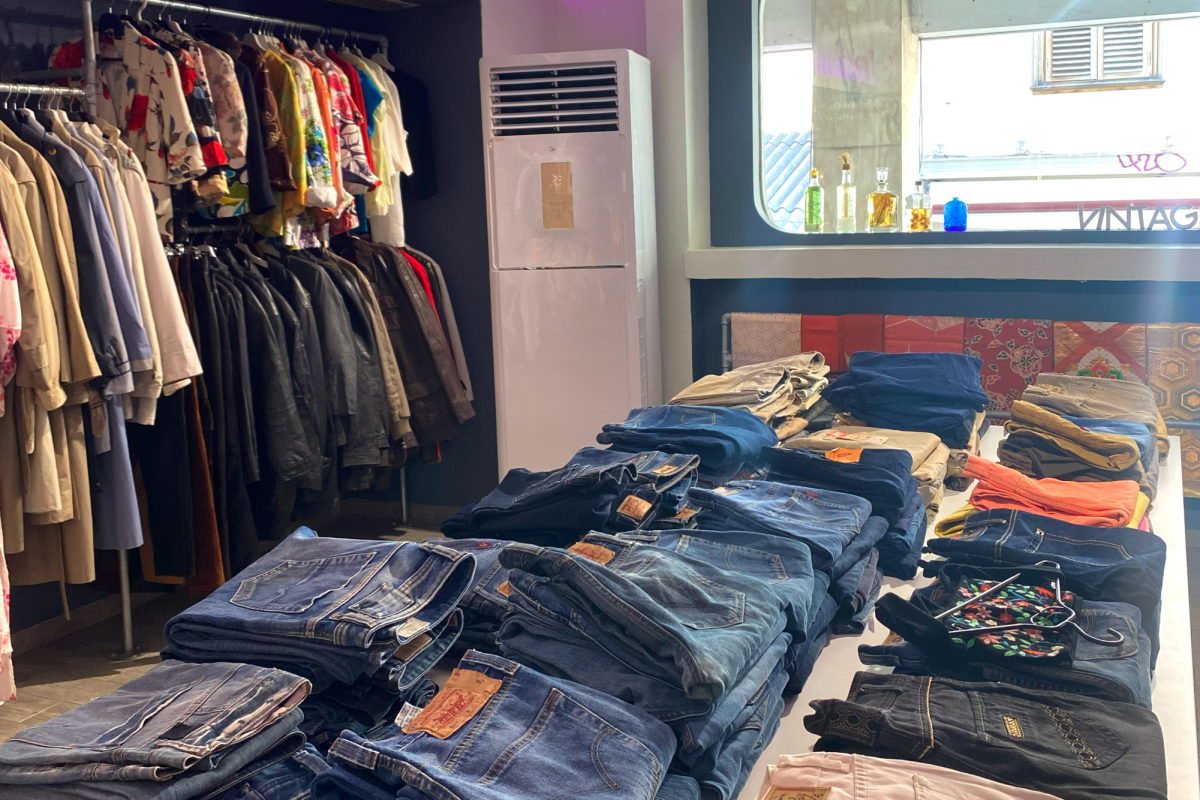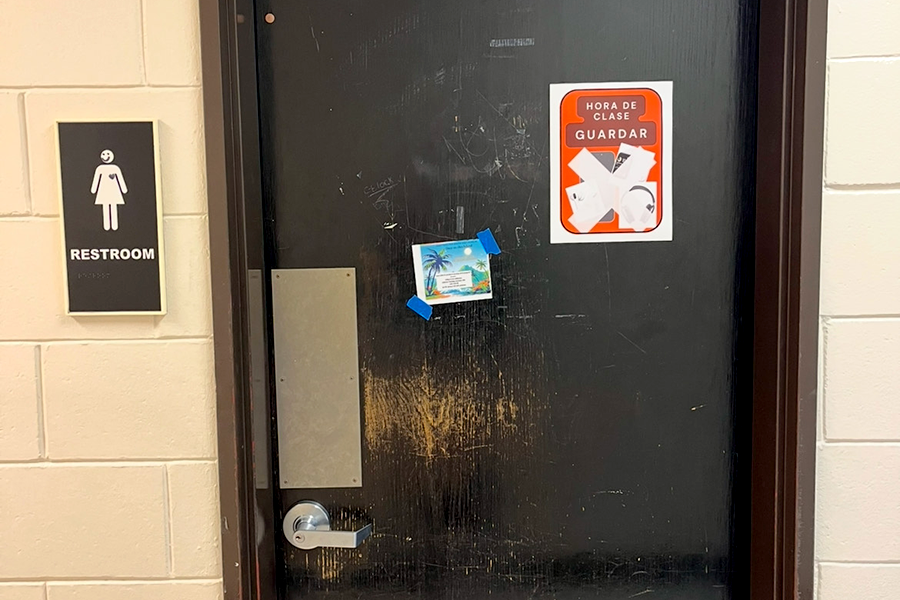Since I went on a tour in late June of 2012, Duke University was my dream school. It had everything I wanted, from academics, to athletics, to research opportunities, and study abroad programs. I thought it was where I belonged.
I went over my application at least ten times before finally sending it off. I thought it was perfect.
So to my genuine surprise, on Wednesday, March 27, I opened up my computer to find that I had been rejected. But this experience was by no means exclusive to me.
Many South seniors have been denied admission to their top choice colleges and universities. One such student is senior George Thome.
“I wanted to go to California,” Thome said, citing Stanford University and Harvey Mudd University as his top choices.
But when he was denied admission to both schools, his plans changed.
“For Stanford, I didn’t think I was going to get in, so that wasn’t a big shot. But Harvey Mudd, I was hoping I would,” Thome explained. “I was pretty bummed for a while.”
Thome is planning on attending the University of Minnesota Twin Cities in the fall, and is “excited” about it.
Senior Sam Holt is also falling back on the U of M, but is less than enthusiastic about the prospect.
Since the 7th grade, Holt had been planning on going to the University of Wisconsin Madison. He attributes this to his father having gone to the school. Unfortunately, Holt also got denied.
“I had kind of known in a way,” said Holt, explaining that he had watched a friend, who applied long after he did, get accepted months before he himself was notified.
It seems that more this year than any other, students are getting denied from historically less selective schools. Counselor Jackie Mosconi notes that this is a trend in the college admissions world.
“In the past some of those top schools that kids were looking at, they’re not applying to anymore because of the fact that they’re expensive,” said Mosconi. “Kids are looking at other options that are more affordable, which makes schools like UM Twin Cities, UW Madison really competitive nowadays.”
So what does one do to increase their chances of getting into their top choice schools?
Mosconi outlined three different types of schools — reach schools, target schools and safety schools. She advised that, to increase a student’s odds of finding a college for them, he or she should apply to schools in all three categories.
Beyond that, Mosconi said that there is a focus in admissions offices on making sure to represent all ethnicities, races and socioeconomic classes.
“[Colleges] have recruitment practices that try to focus on certain populations, so it is a representation of the community they’re serving,” she said.
Even if a student can get into a school, there is still the trouble of paying for it, as was the case for 2012 South graduate, Talia Anderson. After getting accepted to nine universities, Anderson ended up at the University of Minnesota Twin Cities due to financial reasons.
“I wanted to have more flexibility with financial aid to study abroad and that kind of stuff and at the U that was the case,” said Anderson about her decision.
Both Holt and Thome are ending up at the U of M. It seems that, particularly for students living in the greater metro area, the U of M is a fallback choice.
Yet the university is ranked in the top 100 universities in the nation by “US News and World Report.” It is the 25th best public university according to the same source. Its acceptance rate is under 50%, making it a relatively selective school. So why does it stand as a back-up plan for so many students?
It may be because of the very name of the university.
“I think a lot of people have a preconceived idea that they can get a better education at a school that has a particular name,” said Mosconi.
Another factor may be the rankings given above. Although these rankings are fantastic, given that there are hundreds of colleges and universities in the country, some may be less than impressed.
Anderson mentioned that living in Minneapolis discouraged her from going to the U of M.
“I thought if I was here I wouldn’t be able to make a new ‘college life,’” she said. “I was like, ‘I already know everything about the U, it’s gonna be boring.’”
However, Mosconi cautions to not take too much stake in numbers, names and perceptions.
At any college, she said, “you get from it what you make of it,” adding that one’s experience is based on participation in activities and connections made with peers and instructors.
“You can make what you wanna make out of your experience, or you can just put the time in and get through it, and you get vastly different kinds of experiences,” Mosconi said.
This was certainly true for Anderson. Although she was initially concerned, “everything like orientation over the summer, everything I was doing at the U made it more exciting.”
As a freshman in the 2012-13 school year, she joined the Spanish club, participated in the Honors program, and met some great new friends. She cited living in dorms as an avenue to make friends, and sports games as a way to participate in the college scene.
“Now, I wouldn’t go back and try to go to another school,” said Anderson. “Even if I had the money right now I wouldn’t transfer I don’t think.”
Although the initial blow from a college rejection letter can sometimes be brutal, as Thome noted, a real positive can come out of the experience.
“I think it’s a good thing to be able to deal with stuff that doesn’t go perfectly as planned, because nothing ever does,” he explained.
And regardless of where the application process has left you, Anderson urged that “having that open mind to give it a chance is really important, no matter what college you may end up at.”






